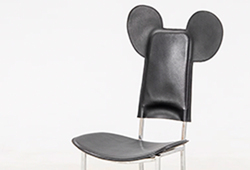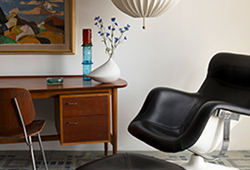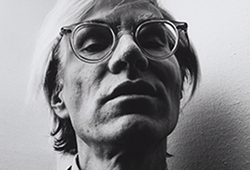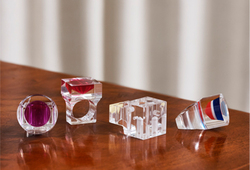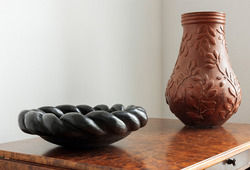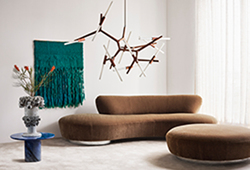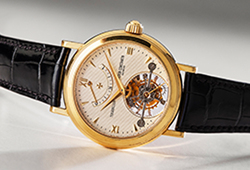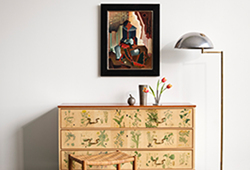Sigurd Persson
a pair of Swedish silver candlesticks, Stockholm 1966, silversmith Johann Wist.
"Orange". Cylindrical high leg with holder and base, the lower part with arch formations. The model was designed in 1963. Height 36 cm, total weight 895 g. (2)
Exhibitions
"Silverne stakar", Stockholm, December 1963, (another pair of this model exhibited).
Literature
Sigurd Persson & Sune Sundahl, "Sigurd Persson silver", Stockholm 1979, see the model illustrated among other Sigurd Persson candlesticks.
Dag Widman, "Sigurd Persson - en mästare i form", Carlsson förlag, 1994, pp 74-76. "Silverne stakar (Silver candlesticks) Sigurd Persson was one of six silversmiths making a show called "Silverne stakar' at a Stockholm gallery in 1963. By Sigurd Persson there were 13 separate candlesticks and 17 pairs of candlesticks included in the show.
More information
Reportedly Sigurd Persson used to call the model "The orange candlesticks", which referred to the "wedge shaped" decor around the leg.
Sigurd Persson (1914-2003) is considered one of the foremost designers of the 20th century in Sweden. Persson, like his father, became a silversmith and took his journeyman's exam in 1938 and then opened his own studio in Stockholm. For a time he worked for Atelier Borgila as a jewelery designer and devoted himself to teaching. In 1950 he held his debut exhibition which was dominated by everyday items such as cutlery and coffee pots but also ecclesiastical and profane corpus silver.
His minimalist but refined forms fit well in the post-war new form style and he enjoyed success at, for example, the H55 exhibition in Helsingborg.
During the 60s, he had his international breakthrough and broadened his design to also include objects in steel, glass, enamel, cast iron, etc. He is known as an innovative form creator and one of the foremost industrial designers of the 20th century. Persson's successful collaboration with companies such as Silver och Stål or with Kosta shows his versatility.
His works are today represented in museums all over the world such as the Philadelphia Museum of Modern Art, Victoria and Albert Museum, Musée des Arts Décoratife and others.





